What is Sector Antenna?
A sector antenna is a type of directional antenna that is designed to cover a specific sector or portion of a circle. It is commonly used in wireless communication systems, such as cellular networks and Wi-Fi networks, to provide coverage over a specific area.
The sector antenna design typically has a flat, panel-like shape and is designed to radiate energy in a specific direction. They can be mounted on a tower or other elevated structure and can be configured to cover a sector of varying sizes, typically ranging from 60 degrees to 180 degrees.
Compared with the omni antenna, the wifi sector antenna range is relatively limited. Therefore, sector antennas are often used in combination with other directional antennas, such as omnidirectional or directional antennas, to provide coverage over a larger area. They are also commonly used in point-to-multipoint systems, where a single antenna can provide coverage to multiple receivers within a specific sector.
How Does sector antenna Work?
A sector antenna is a type of directional antenna commonly used in wireless communication systems. It is designed to radiate and receive signals over a particular sector of the surrounding environment, rather than in all directions.
The sector antenna operates on the principle of beamforming, which is the process of directing and focusing the antenna's energy towards a specific area. In the case of a sector antenna, the beamforming is achieved by physically shaping the antenna to have a specific radiation pattern that focuses the signal in a particular direction.
The antenna's radiation pattern is typically fan-shaped, covering a particular angle or sector of the surrounding environment. The sector antenna can be designed to have a narrow or wide beamwidth, depending on the application and the desired coverage area.
The sector antenna is commonly used in cellular communication systems, where it is used to provide coverage to a particular sector of the base station's cell. By focusing the antenna's energy towards a particular direction, the signal can be concentrated towards the intended users, increasing the system's capacity and reducing interference with adjacent cells.
We have rich knowledge and application experience of the sector antenna. We welcome OEM/ODM orders, you can request custom designs for your project. In XJS, we have the confidence to manufacture the best quality and stable sector antenna for your communication project, because we have rich knowledge and experience. Furthermore, we have a factory covering 5,000 square meters, so we have the ability to accept the larger order and store the items.

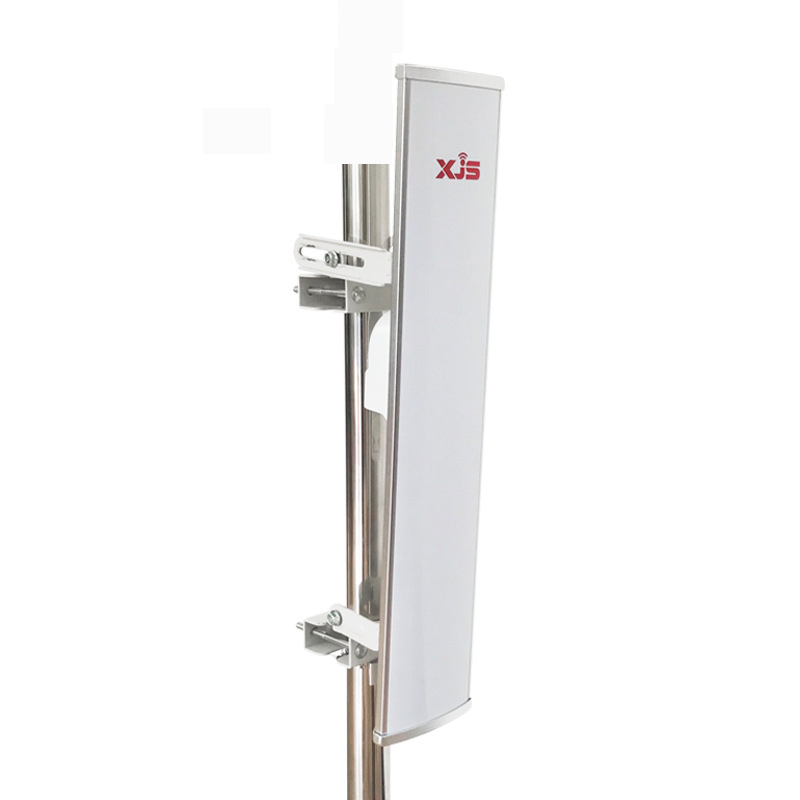
.png)
.jpg)
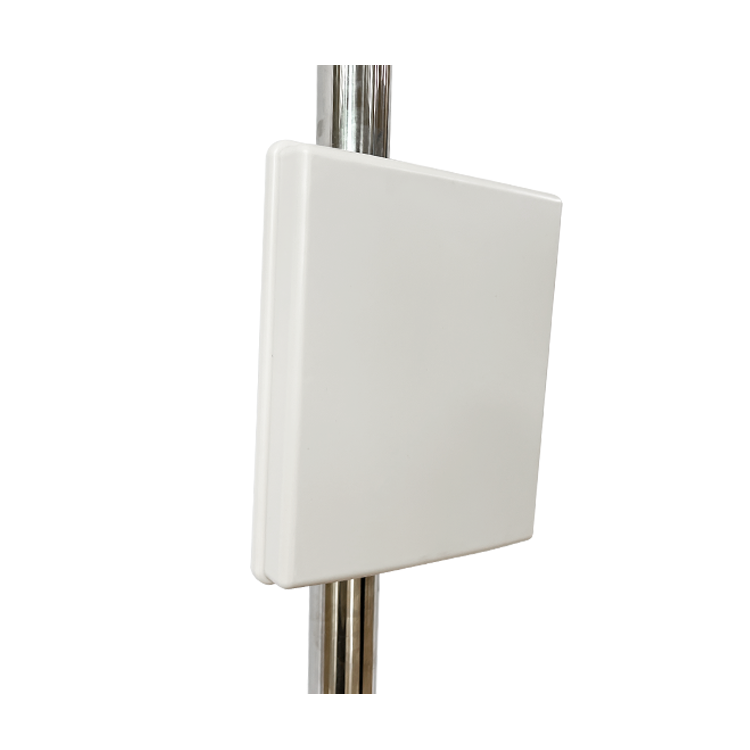
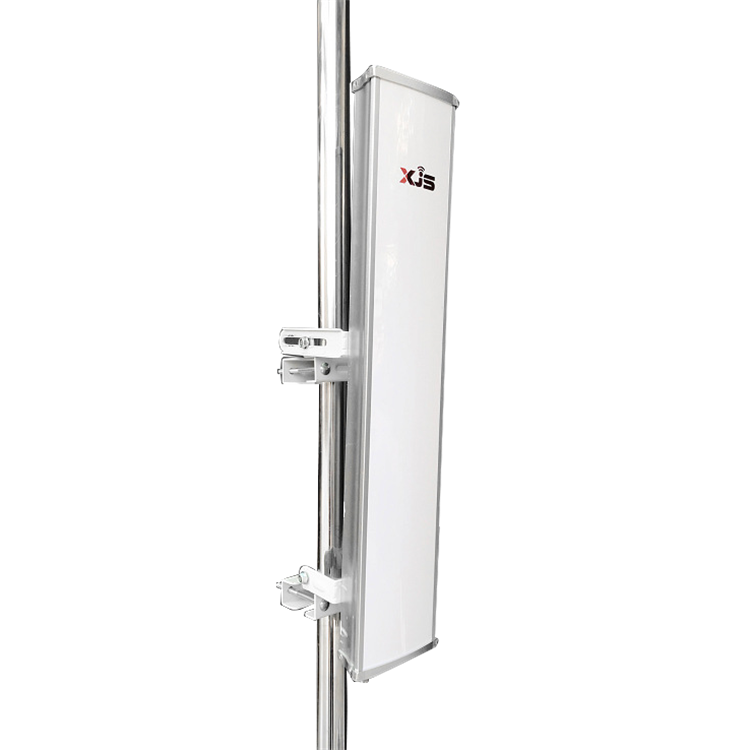
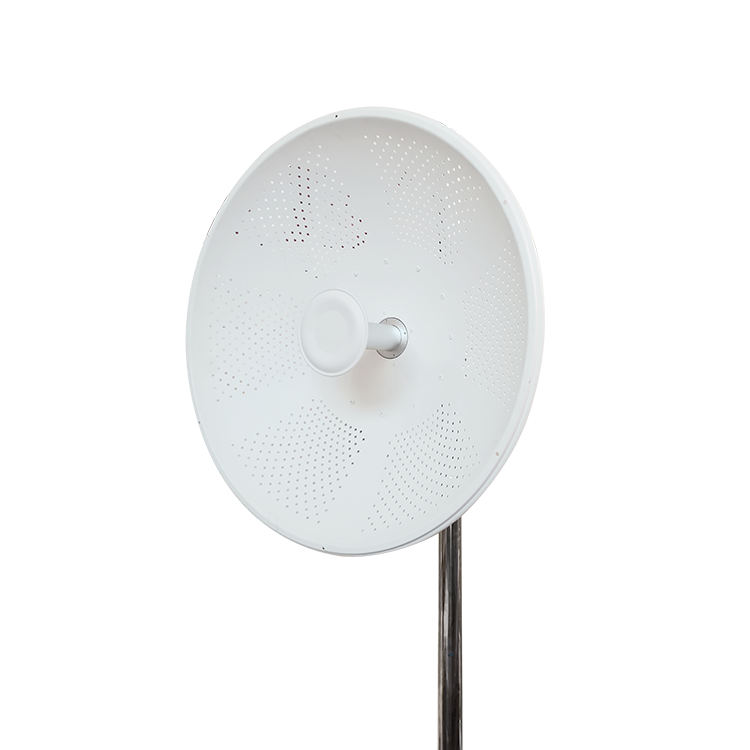
.jpg)
.png)
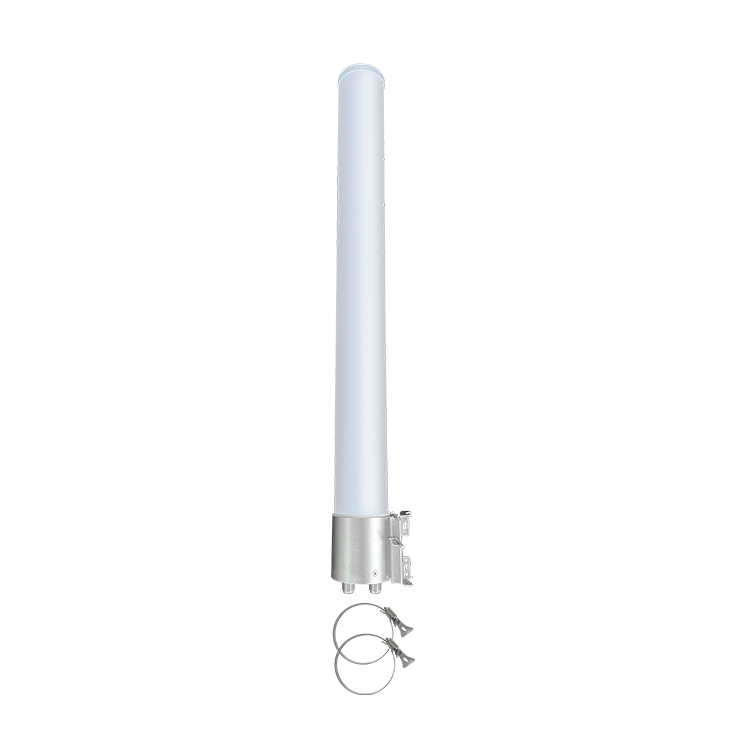
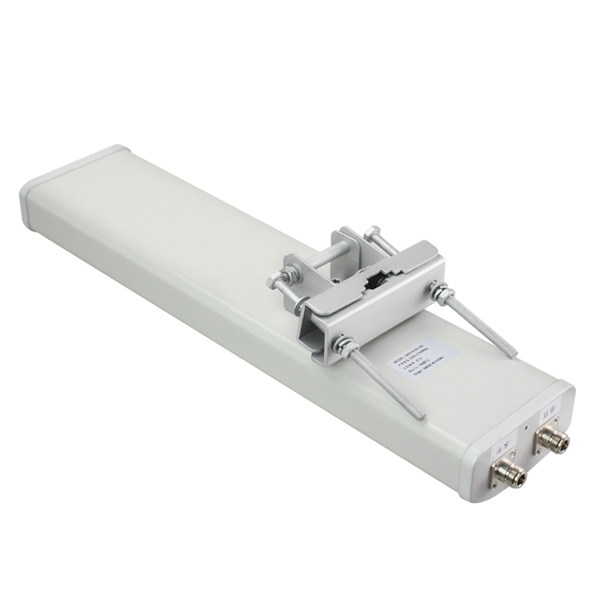
.png)